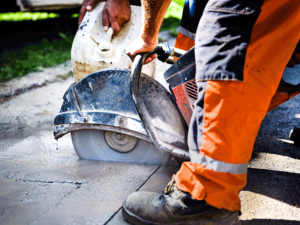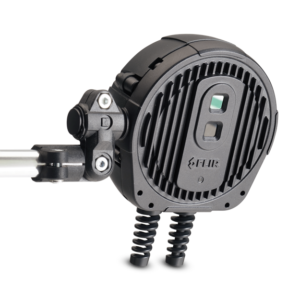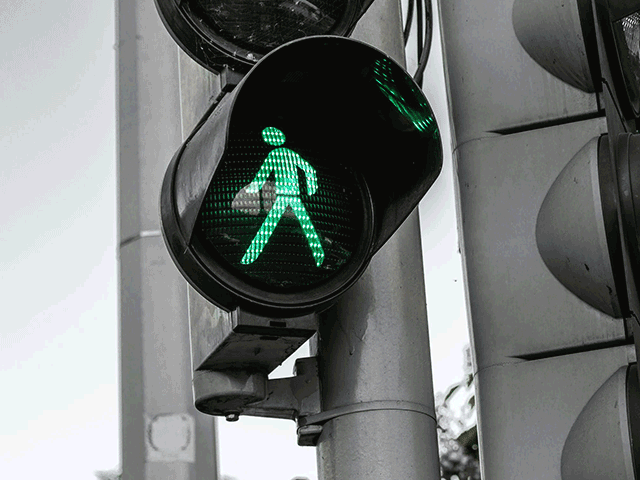The dynamics of interaction between road users at intersections inherently present an increased risk of collision. This is especially severe when we consider vehicular impact incidents involving vulnerable road users such as pedestrians and cyclists. With this in mind, can intelligent traffic technology create an increased level of awareness and protection?
Detection of Vulnerable Road Users
Detection of vulnerable road users is key to enhancing safety at intersections. Existing legacy systems include inductive loop sensing for vehicles, timed intervals for bicycles and push to initiate buttons for pedestrians. Although still effective in initiating a trigger for traffic lights to enter a change cycle, they are not able to monitor the situation and modify the timing of intervals to accommodate variations that may occur, like slow moving people or delays in crossing.
Enhancing Awareness
Vehicles such as cars, buses and trucks present a large easily identifiable signature that have a high metal content, easily allowing the triggering of inductive loop sensors. Bicycles and motorcycles on the other hand, present a smaller physical and electromagnetic signature due to their reduced metal content. With modern carbon fibre bicycles presenting very little electromagnetic signature at all.


Furthermore, pedestrians having almost no electromagnetic signature, have gotten by with push to initiate buttons until now. However, COVIS-19 and continued community transmission of viruses has created the need for a touch-free solution. This would require a ‘detect to initiate’ system to be implemented. Which is where thermal imaging detection systems can provide a solution with additional benefits.
TrafiOne

The FLIR TrafiOne is a thermal imaging sensor designed for detecting vulnerable road users at intersections. Providing a touch-free detection solution that will initiate the change cycle in traffic, bicycle and pedestrian signals. Furthermore, as the sensor is able to detect and monitor the presence of a heat signature, it is able to delay traffic until pedestrians are safely across the road and the intersection is clear. Providing an extra level of consideration and protection to those users who are less mobile, such as the elderly and disabled.
Including wi-fi technology integration and the option of an additional high-definition camera for visual support, the FLIR TrafiOne can detect ALL road users, day or night and in no light regardless of weather conditions. With added data capture capability that provides valuable information for traffic planners, to reduce congestion and create greater efficiencies.
Installation
Ease of installation is afforded by the ability to attach the FLIR TrafiOne to existing infrastructure such as traffic light poles and pedestrian crossing signs. Simply affording a vantage point to capture the relevant inputs from the heat signatures of various road users. Moreover, as the integration of thermal imaging detection doesn’t change existing traffic signals, there is next to no learning curve, as road users are waiting for signals that they are already accustomed to.


Smart Cities
Having been successfully implemented in over 80 countries around the world, the integration of thermal imaging detection has advanced the science of traffic management and set a new benchmark for vulnerable road user protection. Moving us toward creating the smart cities of the future, where enhanced detection and awareness from thermal imaging can improve traffic flow, reduce congestion and create safer intersections for our most vulnerable road users.

